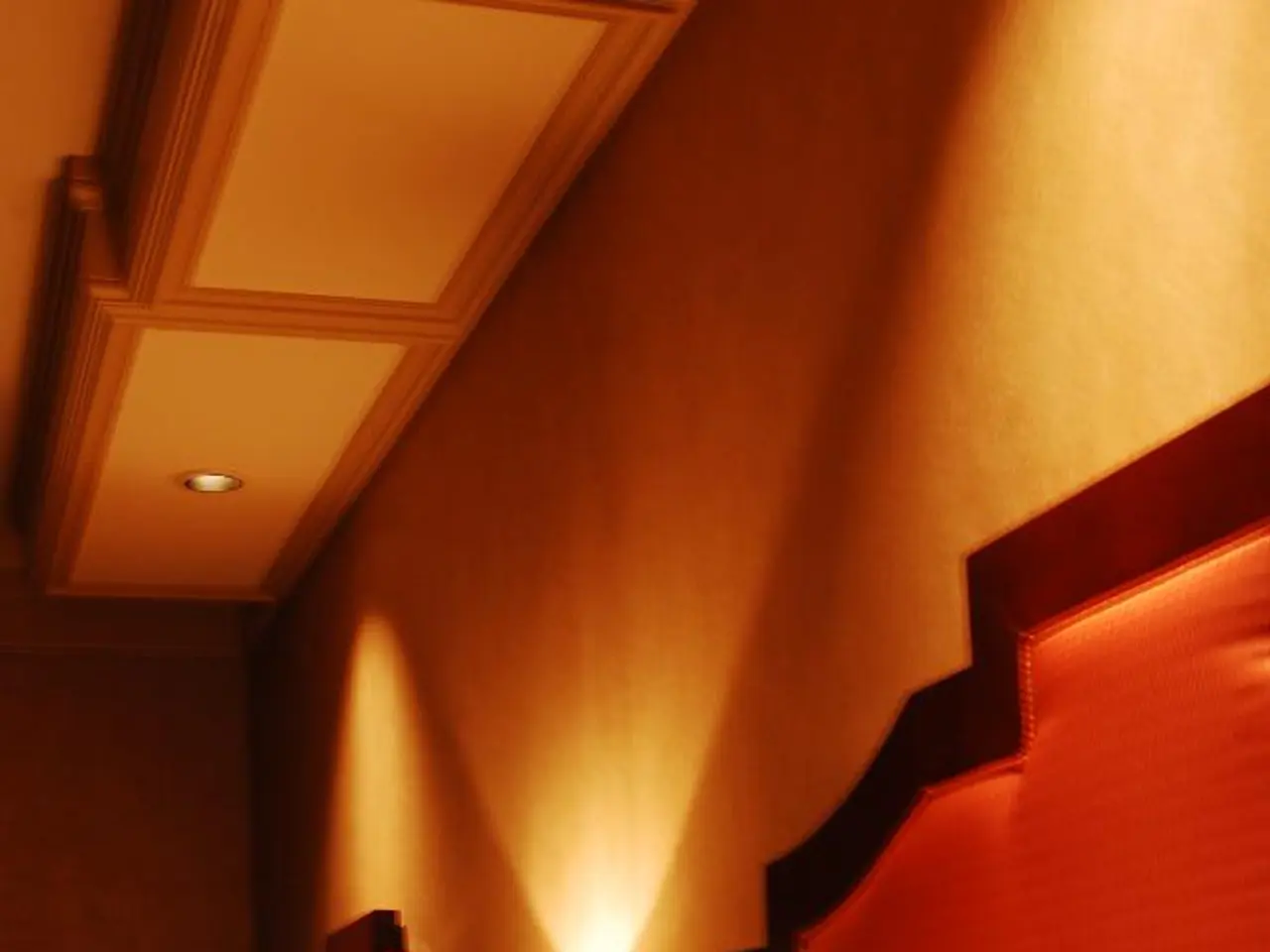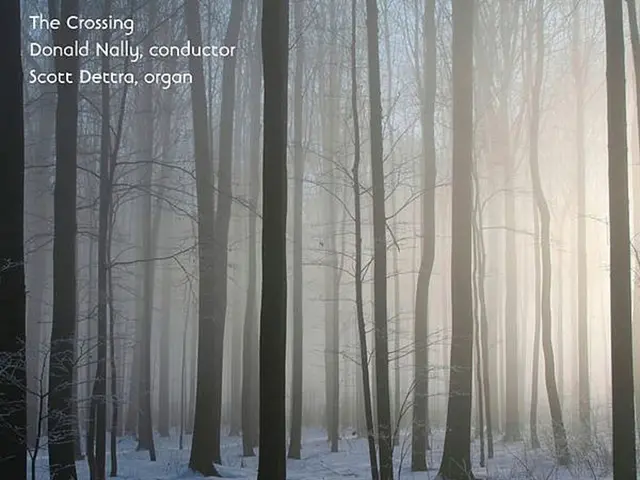Artificial Light at Night Linked to Depression in Youth
Artificial light at night, a common feature of modern life, is increasingly recognised as a threat to mental health. Especially for young people, prolonged exposure can lead to depressive symptoms and mood disorders. New research underscores the need for strategies to promote a dark, restful sleep environment.
Studies have revealed a strong link between nighttime artificial light and depression. Exposure disrupts natural circadian rhythms, affecting sleep quality and hormonal balance. This connection has been observed in various research, including findings on behavioural changes caused by night-time artificial light exposure. Women appear more vulnerable to these effects. The duration of exposure also plays a crucial role. Artificial light at night can interfere with melatonin production, a hormone vital for regulating sleep. It may also induce an inflammatory state in the body, contributing to depressive symptoms. Practical recommendations include using dim red lights instead of bright ones, avoiding electronic devices before bedtime, and using blackout curtains or eye masks.
To mitigate these risks, it is essential to adopt strategies that promote a dark and restful sleep environment. This can help prevent depressive symptoms and broader health problems in the future, ensuring emotional well-being.





